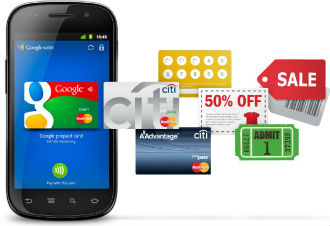 NFC has been around in select high-end phones for years, and Google has included NFC support in every Nexus handset dating back to the Nexus S, which launched in late 2010. However, Apple and a few other names were not as keen to embrace it.
NFC has been around in select high-end phones for years, and Google has included NFC support in every Nexus handset dating back to the Nexus S, which launched in late 2010. However, Apple and a few other names were not as keen to embrace it.
Now, times are changing and the standard is taking off. According to Berg Insight, just 3.3 percent of all phones in use by the end of 2012 featured NFC. The number is set to go up, fast. The penetration rate for NFC across all handset segments will increase to approximately 32 percent by 2017.
Although NFC wallet services are currently available in just 13 countries, this will change during the next few years due to massive rollouts of NFC phones, NFC POS terminals and TSM solutions. By the end of the year an estimated 140 companies will use TSM solutions commercially, up from 57 a year ago.
“The market for NFC-enabled mobile phones reached a breakthrough in late 2011 and accelerated further in 2012 as new NFC handsets were introduced by all leading handset vendors except Apple,” the report found.
The big news for businesses is that the penetration rate of NFC-ready POS terminals is expected to hit 87 percent in the European Union by 2017. Global shipments of NFC-ready POS terminals doubled to 3.9 million units last year and Berg expects them to grow at CAGR of 46.1 percent, reaching 44.6 million units by 2017.
Berg estimates in-store mobile wallet payments in EU27+2 will reach €45 billion by 2017. This will correspond to 1.6 percent of the credit card and debit card payments at the end of the forecast period, so there will still be a long way to go.





